Last night at 9 PM, when I was in the bathtub with my head covered with shampoo, the announcement came over the loud speaker in the Capains voice saying, "Attention ship's company, attention ship's company, please repair to your Muster stations", which ment life boat drill immediately. Rob knocked on the bathroom door to ask if I had heard. I had to rinse my hair, climb out, dry off, put on long pants, practicle shoes, long sleve shirt, hat, and my life jacket. I didn't even comb out my wet hair and I was still the last one there, by a country mile. I had on my pink baseball cap which I had never actually worn. I usually just carry it to life-boat drill to show that I have it. I am not sure why, but if the ship sinks, we must all be wearing hats. Anyway, this time I put in on to cover my wet hair, As I arrived (late) our dear cheerful ship's doctor said, "I vote Ellen's as the cutest hat". It is hard to stay grumpy with our sweet Dr. Dave around.
Now I need to tell you about Cambodia--a green and beautiful country with beautiful and friendly people. Before we were taken to our hotel for the night, we went straight to an orphanage founded by a couple who first came to Cambodia on A Semester at Sea trip. The couple live in Arizona, but spend at least three months a year in Cambodia--they keep up the orphanage with both their money and their love. He came to greet us and speak to us about what they were doing. The children had prepared a dance performance for us. The girls looked as if they had come straight out of the movie The King and I--which is actually set in Siam (Thailand),right next door to Cambodia. The girl dancers were first. Five beautiful and graceful girls. The oldest one looked to be about 13. The next night we saw a professional dance performance and our 13-year-old from the night before was as good as any of them. I hope she gets to dance for a living. Next, five young teenage Cambodian boys danced the Monkey Dance for us. It was adorable and very funney. Also very dear was a little about four-year-old boy whom I could see watching the big boys just inside the next room, and dancing the monkey dance with them. He looked just like the little brother wanting to be just like the big boys. Next the older children took us around showing us their school and their bedrooms. The orphanage is in the former home of the couple from Arizona, who also bought the property next door. These were two grand old houses in the middle of Phnom Pen. The front yards were the school yards with lots of room for games. A high wall surrounds the houses and grounds. The orphanage had 92 children when we were there, most orphaned by aids. The school housed actual brothers and sisters and all of them acted like brothers and sisters with each other. The big ones looked after the little ones. I will send you pictures of me with the two girls who took me around. These were all beautiful, happy, well cared-for youngsters. One of the founders was a professional dancer who has spent the rest of her life teaching them all to dance. The school stresses languages, with the hope that the children will be able to find jobs in the tourist industry when they reach 18. When the man from Arizona arrived at the end of the dance performance the children's faces lit up--one and all. One of my two girls had a sister she called over to meet me, and another brother and sister somewhere in the orphanage. The other of my girls had a brother there, but I did not get to meet him. The children had made little beaded bracelets and neclaces to sell, so I bought one of each to take to our 14-year-old neighbor girls, along with the names of our little girls in the orphanage in case they want to be pen pals. We were all buying things from their tiny store to give them some money. I also bought a rain hat made out of recycled rice bags for $3. I am glad I did, because as we left we had a dounpour of a rain storm. Our guide ran back to the bus to get an umbrella for me, so I had a rain hat and an umbrella. I hated to leave at all. Semester at Sea trips come to Cambodia and to the orphanage twice a year and are greeted with much anticipation. Semester at Sea makes a $100 donations to every orphanage we visit. It is taken from the money each one of us pays for the trip. Not one of us objects to this tiny extra cost.
On our way to our next stop, the police blocked our bus and held us for over an hour, while our tour guide and our driver negotiated with them in the pouring rain. Both the driver and the tour guide made long cell phone calls (outside the bus in the rain) and then they both disapeared for a long time. Rob was our tour leader from the ship. As such, he gets half price for his trip, and is responsible for all of us. We filled 2 busses (about 90 of us in all). The other bus had a bus leader, Eddie from the staff, who did a great job (as did Rob). Rob went out in the rain a couple of time to try to find out what was going on--but was sent back to the bus each time with no information. We knew that our local guide was the best one to deal with them. He had already told us that the corruption in Cambodia is rampant, including in the government. It turns out that the police stopped us under orders from the Cambodia Director of Tourism who said our busses were too big for the city streets and we had to make a payment before we were allowed to move. We were blocked in by about 5 policemnen with a few traffic cones and 3 or 4 plastic chairs, all strung together with an old, dirty piece of rope. Meanwhile rush hour traffice was buzzing all around us, and everyone else (mostly on mopeds and motorcycles) was allowed to pass. The tour company eventually managed to pay what looked to me like a bribe, and we were allowed to go. All of this happened after dark--and did I mention the rain? We were never asked for any money. Our local tour guide, whom we all eventually grew to love, was furious at the disruption for us. He told Rob that Cambodia needs and wants tourists to come--and when they come the government does things like the road block. He was sure that now we would now tell all our friends not to come to Cambodia. In case you think the same thing, please know that we will encourage every we know to GO TO CAMBODIA!! We loved Cambodia and would go back in a heart beat.
The next day we went to the Silver Palace which is one of the six palaces of the King of Cambodia. It is huge and beautiful--a compound of beautiful buildings, which is open for tourists to visit (for a fee) whenever the King is not around.
Then we went to the Killing Fields where the bodies of thousand and thousands of the over one million Cambodians killed by the Kumer Rouge under Pol Pot. Our students didn't know anything about the Kumer Rouge or Pol Pot. Now we all know the whole horrible tale of torture and genocide which happend in the late 1970s and early 1980s. Reading about it in the paper or even hearing about it on the news in Charlottesville was nothing like being there and seeing what we saw and hearing our own guides family story. The horrros are so unspeakable that I really don't want to fill your head with the images that are now in my mind. I will try to give you the gist of what happened without the nightmarish details. The entire population of Phnom Pen was sent out in the countryside with the explaination that they would all be able to return in three days. The terrified families walked for many more days that three into the countryside where all of the intellectuals, physicians, Cambodian military, anyone who might have information about the other people, or anyone capable of leadership, or who resisted the treatment to which they were all subjected(such as marching for days with no water or food) were tortured for weeks or months before they were killed, their bodies thrown into mass graves, which were pits in the Killing Fields. Now these grave sites are large indentations covered with green where plants have grown over the huge holes. The skulls are in a tall glass monument to the many thousands of dead who died.
We flew from Phnom Pen to Siem Reap, the town right by Angkor Wat. Everything is up-beat from here on. The Cambodians won a war againts Siam and the town name means "Siam lost", as in lost the most recent war.
We explored the ruins of Angkor Wat, a magnificant city of over 1 million in the year 1100, when the population of London was 50 thousand. Angkor Wat was the seat of a lofty and sophistocated society and culture. We were first taken to see Angkor Wat at sunset, then the next morning at 5 AM to see it at sunrise, then again for the morning after breakfast at the hotel, and then again for the afternoon. Angkor Wat is the largest monument in the world. Encircled by a huge moat-- as wide as a river and miles and miles around, enclosing a city, many temples, origionally Hindu temples, a palace and much more with a very sophisticated water system that reminds me of that of the ancient Romans with their many huge aquaducts. In the end, the Kumer civalization of Ankor Wat which was Hindu, after a long war in the 1400s with the Budist people of Tialand (Siam)and (I think) of Laos, had stopped having enough men to maintain the enourmous water system which supported the large city. Eventually the Budhists took over. They didn't really care about Angkor Wat and just let the jungle grow over everything. The site was rediscovered in 1939 and has now been completly reclaimed from the jungle to be the facinating world-renouned site it is today. Speaking of corruption, a freind of the King owns the concession for Angkor Wat and so he pockets and keeps most of the millions of dollars collected from visitors each year.
We flew from Siem Reap back to Siagon (Ho Chi Mihn City) where our ship was waiting in the Siagon River.
- From Ellen
- Rob and I are going around the world on the 100th voyage of Semester at Sea. We board our ship, the MV Explorer, a floating college campus, in Norfolk, VA on August 24 with the rest of the 30 faculty members and their families. We arrive in our first port, Hallifax, Novia Scotia, on August 27 where 650 college students from 250 colleges and universities come on board to begin their Semester at Sea, for which they earn credit toward their bachelors degrees. When you are on the Interactive map, you can click on each port to see when we are there and see information about each port.
Saturday, November 21, 2009
Subscribe to:
Post Comments (Atom)



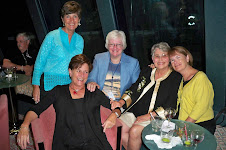
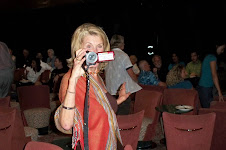
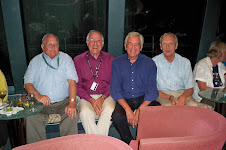
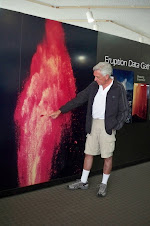
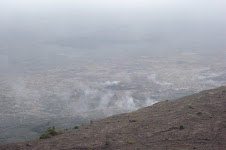

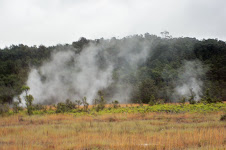


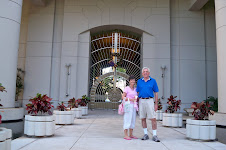
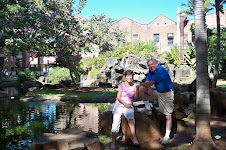

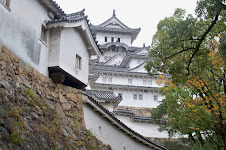
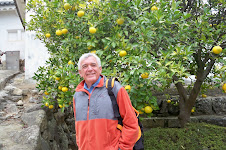


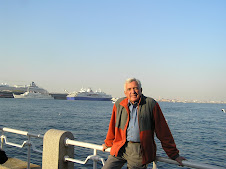
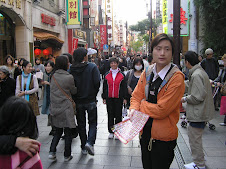


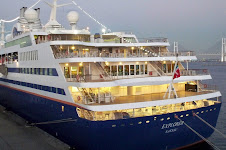

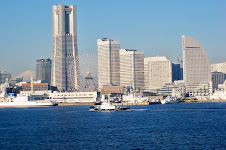




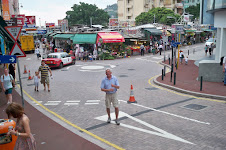

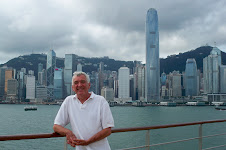
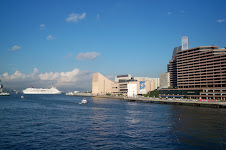
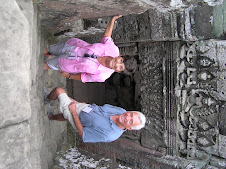
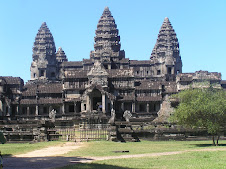

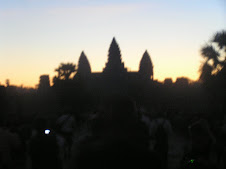


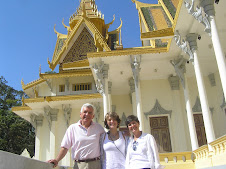

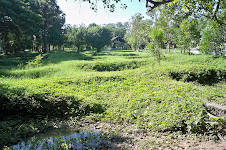
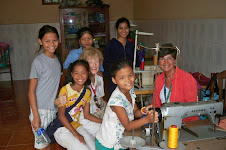

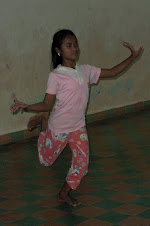
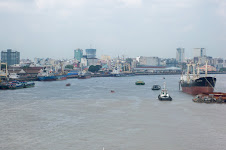

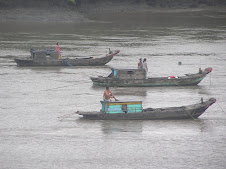




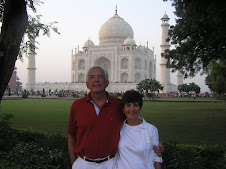




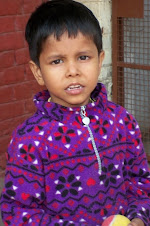



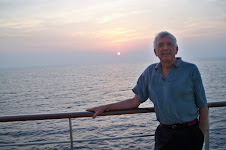
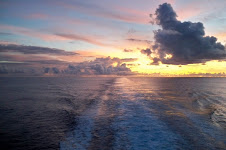


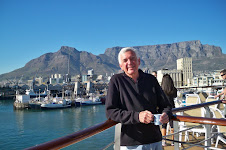
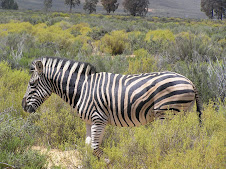
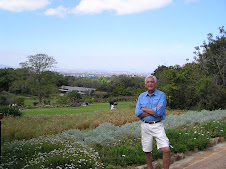



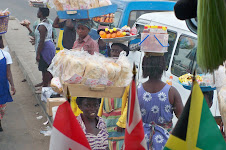




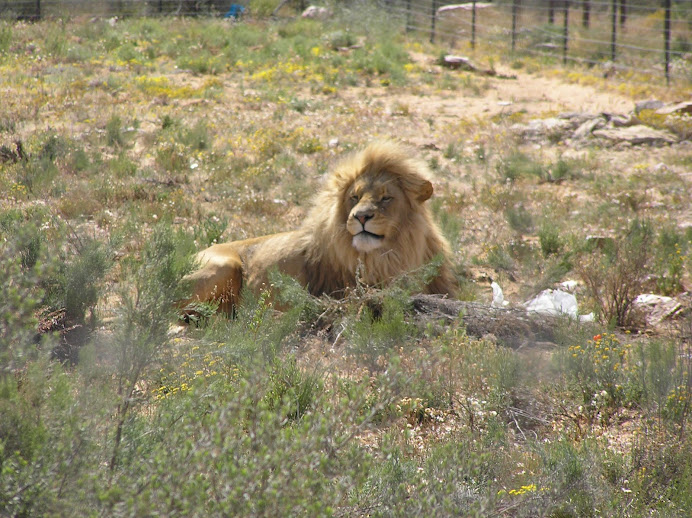
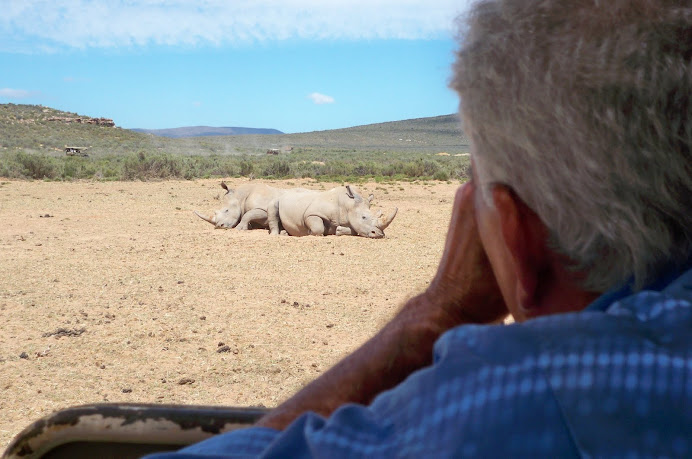
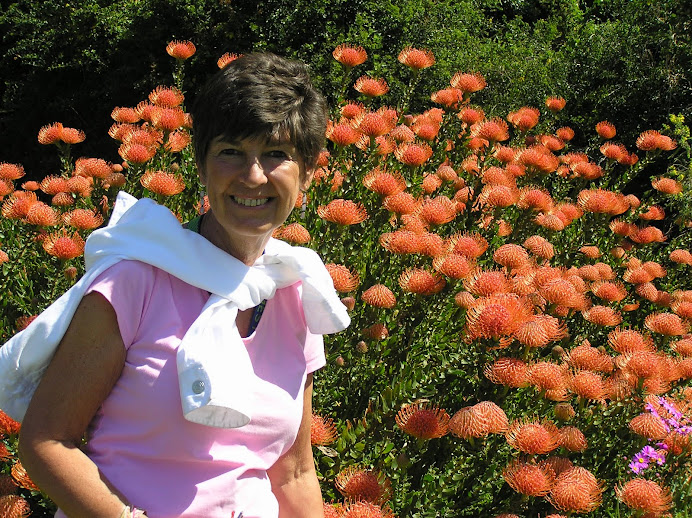
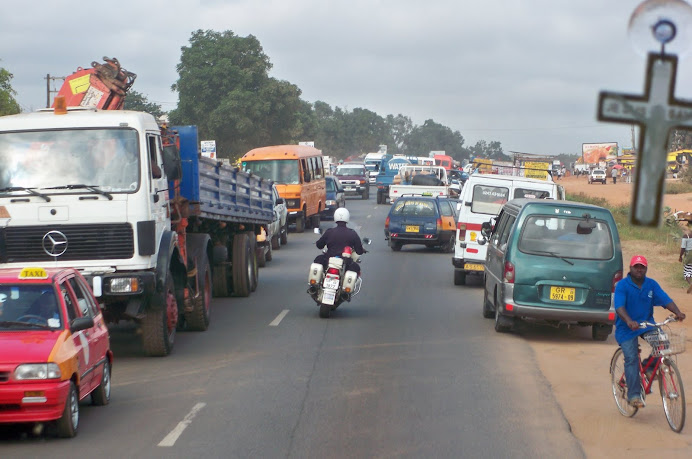

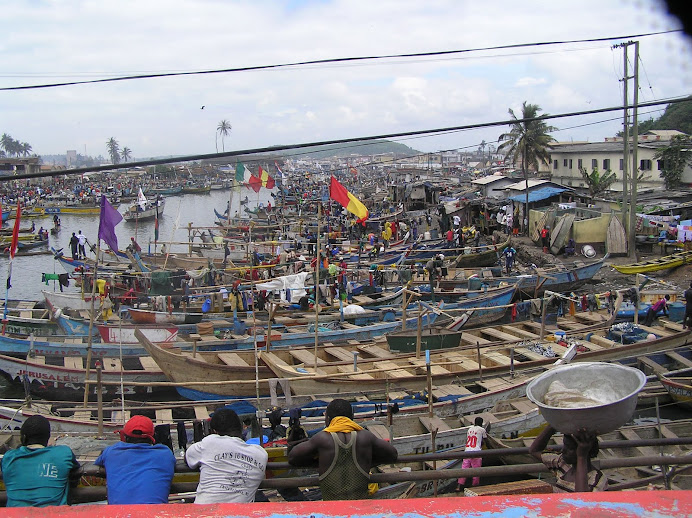
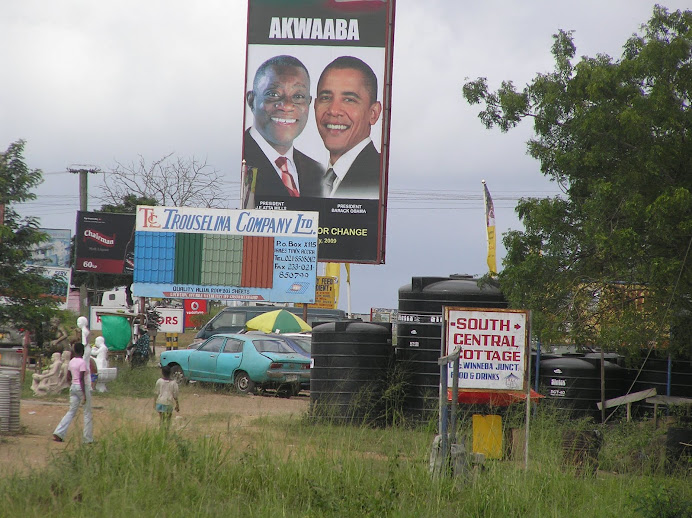
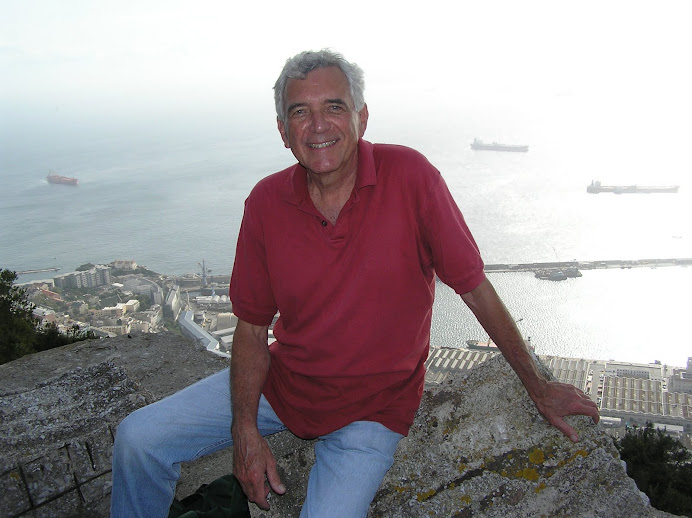


No comments:
Post a Comment